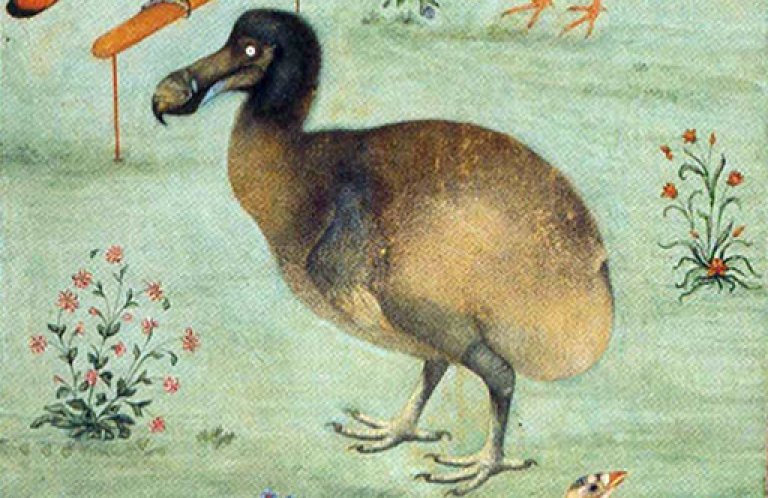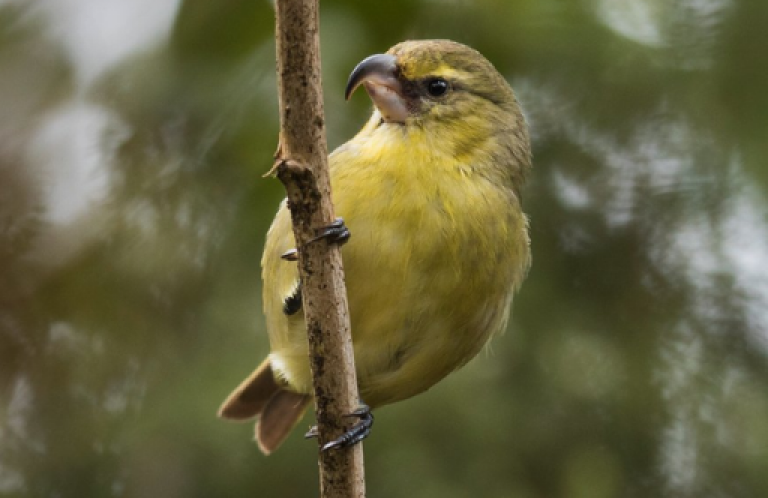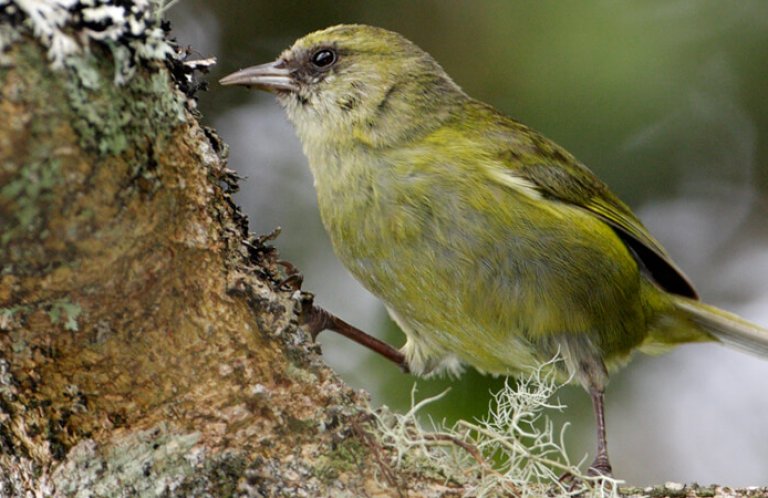Witness to Extinction: Sheila Conant Has Seen Seven Now-Extinct Birds in the Wild
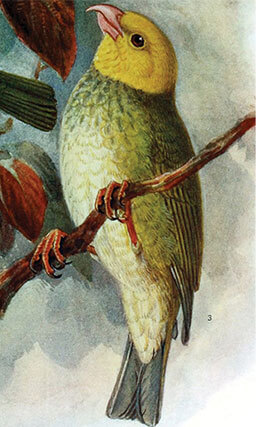
For this piece, I was asked to write about what it feels like to have seen now-extinct bird species in the wild. Different emotions come into play: Sadness that they are gone, gratitude that I saw and heard them in the wild, despair, and oftentimes anger that, at this moment, other species are perilously close to extinction … to being gone … forever. That's what it feels like to me. I have seen seven species that are now extinct.
In 1965, I began studying the O‘ahu ‘Elepaio, a species related to the Old World monarch flycatchers that is found only on its namesake island.
This was during my second year at the University of Hawai‘i at Mānoa. Back then, I could walk out our back door in Mānoa Valley and into the forest in less than five minutes to search for nests and observe the birds' behavior. At that time, the O‘ahu ‘Elepaio was still widely distributed and fairly common in both the Wai‘anae and Ko‘olau Mountain Ranges.
Today, this species is Endangered. The most recent surveys (Vanderwerf, et al. 2013) reported fewer than 1,300 birds in the central and southern valleys of the Ko‘olau Mountains and in the Waianae Mountains. In 1902, H.W. Henshaw predicted that the ‘elepaio would “persist in substantial numbers after other endemic passerines were rare or extinct.” He was correct; nevertheless, the O‘ahu ‘Elepaio has declined precipitously in recent decades due primarily to rat predation.
Before human settlement, Hawai‘i was home to a spectacular array of unique birds. Forty-two endemic Hawaiian birds are known to us only from fossil remains in sand dunes, lava tubes, and sinkholes. Additional species are bound to be discovered in time. There were giant flightless geese, ducks, eagles, hawks, owls, ibises, crakes, and dozens of songbirds. We don't know how many species ancient Hawaiians may have known, but we do know that 35 endemic Hawaiian bird species have gone extinct since colonization of the archipelago by continental settlers.
This includes a Hawaiian honeycreeper called the Po‘ouli, which was discovered as a new species in 1973. By 2004, it was extinct. Last October, the U.S. Fish and Wildlife Service announced that it was declaring eight species of Hawaiian birds to be extinct. It should have been ten — they missed the ‘Ō‘ū and the O‘ahu ‘Alauahio. That means that today, there remain 35 endemic birds, 20 of which are endangered.
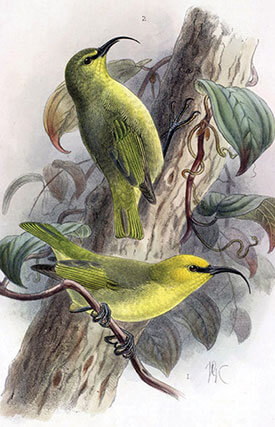
I have seen seven now-extinct Hawaiian birds in the wild. Two of those sightings were fleeting: the Kaua‘i Nukupu‘u and the Maui Nukupu‘u. One of them, the ‘Ō‘ū, I saw on two islands (Kaua‘i and Hawai‘i) at the extremes of its original range. Each time I saw, watched, and heard one of these birds, it was a thrilling experience because I knew how rare it was, how lucky I was at that moment, and that I would never see it again. My feelings of sadness, then despair, and now, quite frankly, anger have only deepened as I read reports of the recent precipitous declines of the ‘Akikiki and Kiwikiu, and what problems and challenges are delaying measures that should have been taken.
I have been asked countless times why so many Hawaiian birds have gone extinct in recent decades. My response is always the same: What we did to prevent extinction was always … always … too little, too late. Although I have said that repeatedly, I have never been quoted. Failure is difficult to acknowledge, and people may fear that saying such things publicly will be too discouraging to those who hear it.
Well, the situation is discouraging, but that doesn't mean we should give up. In Hawai‘i we have so many endangered and declining bird species that there is always something that can be done somewhere, somehow. Seabirds, especially, are a case in point. Predator-proof fencing is miraculous! Unfortunately, it can't keep disease-carrying mosquitoes out of our last remaining forest-bird habitats, but plans are afoot to tackle this daunting problem. ABC and its partners are doing everything they can to help remaining Hawaiian birds, as they have been doing for years. To all of those who are working so hard to save these irreplaceable species: Keep up the good work!
 | Sheila Conant is Professor Emerita of Biology at University of Hawai‘i at Mānoa and a field biologist. She lives in Honolulu and Volcano, Hawai‘i. |





































